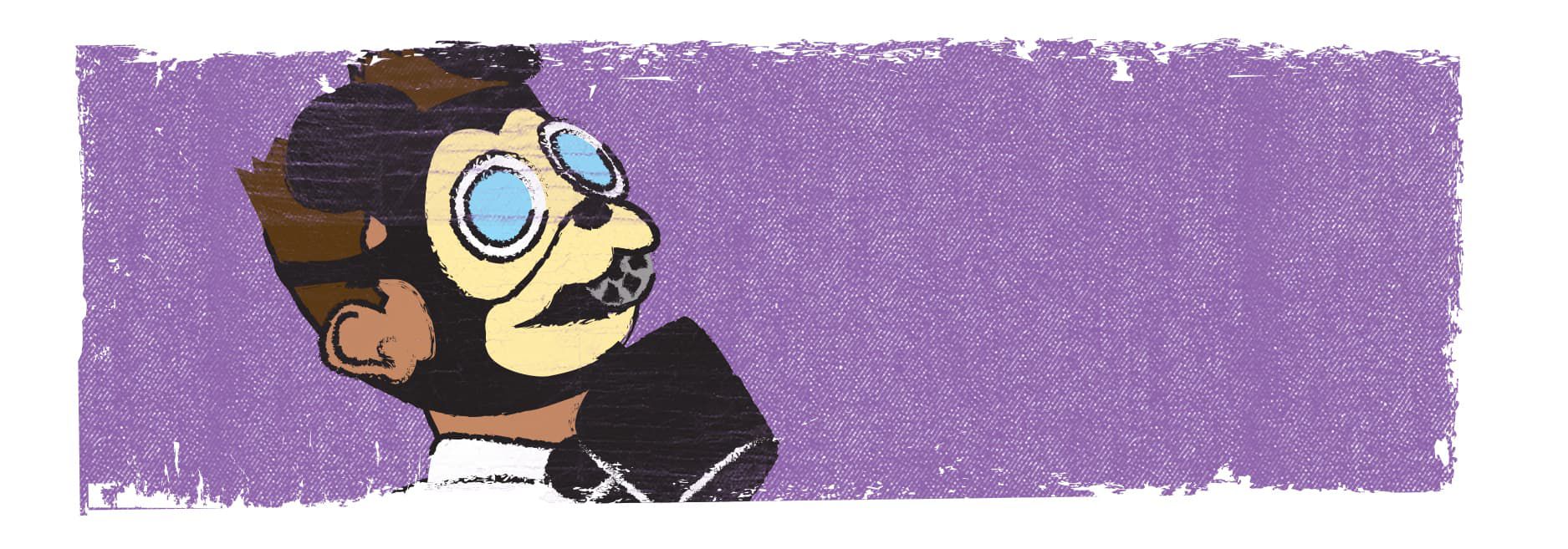Hazmat through history – Gas masks
By Daniel Hammel
North America Marketing Lead – Chemical Industrial

In our first installment of “Hazmat through history” back in The Glow Worm Spring 2016 issue, we took a look at plague doctors during the bubonic plague of the 17th century. These medics from yesteryear wore prominent birdlike masks to ward off “bad air,” which was thought to be a cause of the plague. In the beak area of the mask, dried flowers, spices and other aromatic substances were added to help filter what the plague doctors were breathing in.
While you might think this crude, beaked mask was the first example of people using a tool or device to filter the air they breathe, there are earlier examples. In ancient Greece, sponges were used as a primitive type of gas mask. In ninth century Persia, the Banu Musa brothers developed a rudimentary gas mask to help protect workers in polluted wells. Centuries later, in the late 1700s, Alexander von Humboldt, a Prussian mining engineer, invented the first device with a respirator to help protect miners working and breathing in unsafe mines.
In 1847, American engineer Lewis P. Haslett is credited with creating a gas mask that resembles today’s respirators. Haslett received a patent for his device, which included an air filter and a vent, allowing air to be breathed through the nose and mouth and exhaled into the atmosphere. In the decades following Haslett’s step-change invention, several improvements were made to gas masks and respirators.
By the 1900s, gas masks had become associated with wartime. During World War I, soldiers used gas masks to protect themselves from chlorine gas attacks. When World War II began—with the first world war still fresh in many people’s minds—the demand for gas masks for civilians grew in some English population centers. Following the attack on Pearl Harbor, fears grew of a chemical attack in the United States, as well. While most adults may be able to get past the jarring look of a gas mask, it was believed that the sight of them would make children nervous or frightened and that children would refuse to wear the potentially lifesaving devices as a result. To combat this problem, the Sun Rubber Company, with the design and approval of Walt Disney, manufactured gas masks for children that looked like Mickey Mouse. They hoped the design would quell children’s fears of donning the mask in the event of a chemical attack. Fortunately, the gas masks were not needed in the United States, and only about one thousand masks featuring the familiar cartoon face were actually produced.
Modern respiratory protective equipment (RPE) is available for myriad applications and in various forms, including cartridge respirators, powered air purifying respirators (PAPRs) and self-contained breathing apparatus (SCBA), to list just a few. Advancements and innovations continue to be made in the form and function, as they have for the past couple hundred years.
DuPont Personal Protection offers a variety of coveralls with respirator-fit hoods. Explore your options at DuPont™ SafeSPEC™.
